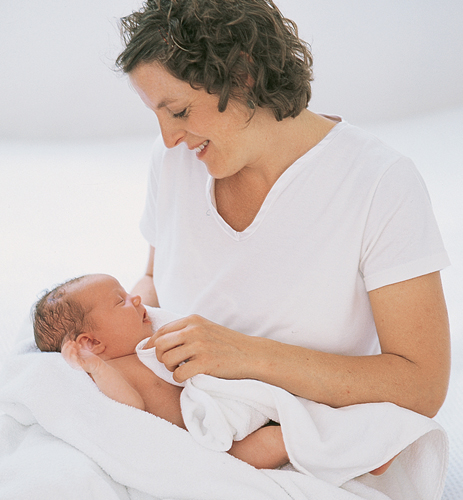Bathing and washing How to clean your baby
There are differing views
on how to bathe and wash a baby, but the general opinion seems to be
that less is more. Some say it is unnecessary to bathe your baby daily,
others say if you want to, just use water and, if you want, pH-neutral
balanced products. Always read the label and avoid anything with sulphur
in it. Your baby's newborn skin is so delicate and thin that if you use
harsh or highly perfumed products the skin's protective barriers can be
damaged; skin may then become dry and more vulnerable to infection. A
baby's skin also absorbs certain chemicals that may contribute to
conditions like eczema and asthma later in life.
| Q: |
When should I bathe my baby?
|
| A: |
The vernix, the waxy-like substance that covers your baby at
birth, should be left for his skin to absorb since it is the most
amazing moisturizer. If your baby's hair needs washing, just use water
and a baby comb to remove any debris. You can “top and tail” your baby
in the first few days, using a soft cloth and water, gently washing his
face (avoiding the delicate area around the eyes) and diaper area. This
lets your baby's skin adjust to the outside world. Later, when you bathe
your baby, hold him gently in water two or three times a week.
|
| Q: |
What should I use to clean my baby?
|
| A: |
Use water and soft cloths in the first month. If your baby's
eyes need attention—gently wipe the eyes using an in-to-out movement.
Use cotton balls to wipe away secretions around the eyes and nose. Do
not use cotton-tipped applicators in your baby's ears or nose.
|
Topping and tailing
Face and neck:
With damp cotton balls
or pads, clean the face and in the neck creases. Wipe eyes from the
inner to outer corners, using a new piece for each eye.
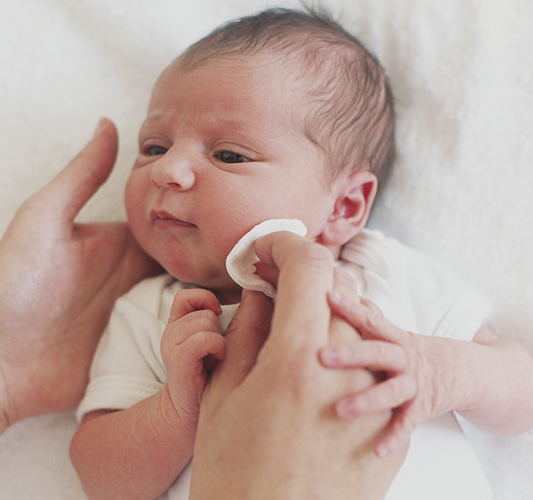
Cleaning the hands:
Uncurl the fingers and
with a new piece of cotton pad, wipe the backs and fronts of the hands
and in between the fingers. Pat dry with a towel.
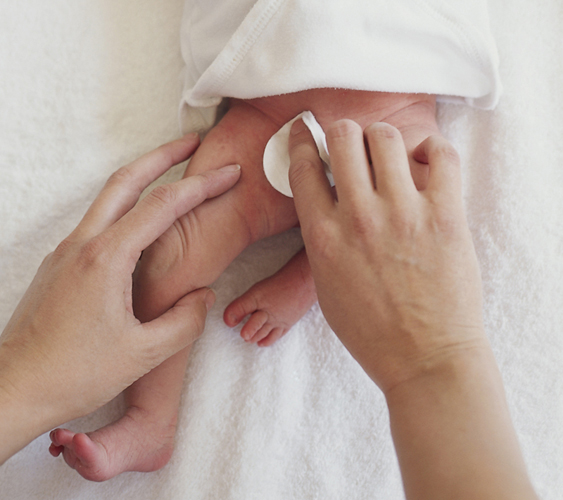
Legs and feet:
Wipe the legs and feet
with a fresh piece of cotton pad, cleaning in between the creases in the
skin. Gently dry the skin with a towel.
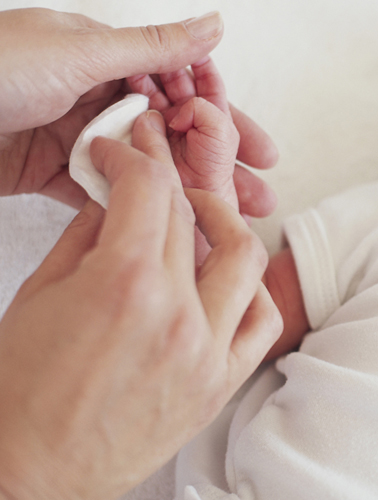
Bathing your baby
Testing water:
Test the water
temperature with your elbow or the inside of your wrist. The water
shouldn't feel too hot or too cold. If you want to check the water with a
thermometer, the temperature should be 85° F (29° C).
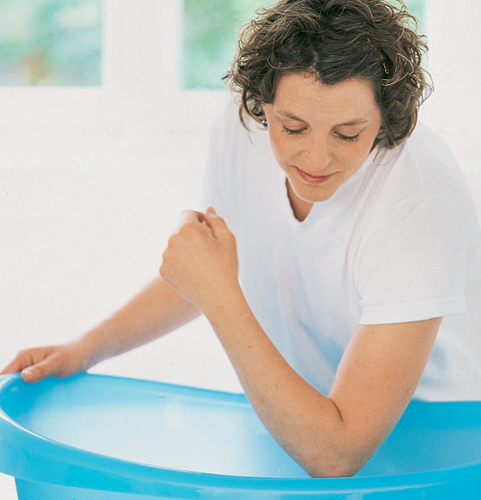
Hair washing:
Wrap your baby securely in
a towel with his head exposed, then tuck him, feet first, under your
arm—whichever feels most comfortable. Support his head with your hand
and gently wet his hair with your free hand.
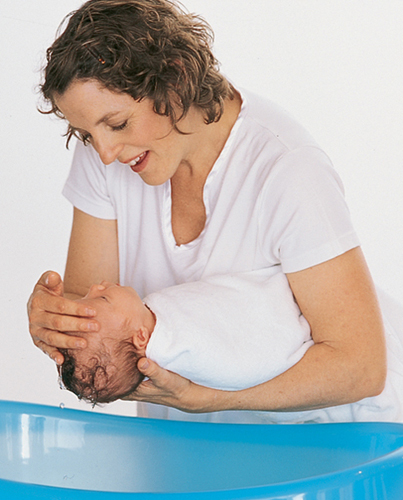
Putting him in the bath:
Dry your baby's hair
and unwrap the towel, then lower him into the water. Keep his head well
supported by putting an arm under his shoulders and gently grasping his
upper arm farthest away from you.
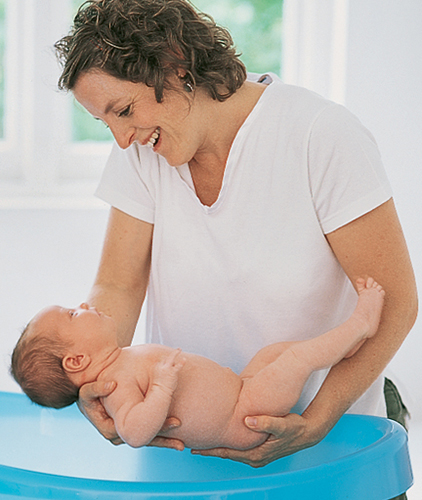
Bathing your baby:
Once in the water, your baby's head should rest naturally on your wrist and then you can use your free hand to gently wash him.
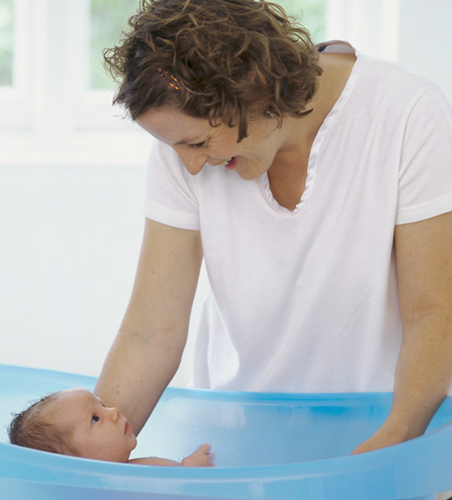
Lifting out:
When you have
finished bathing your baby, gently lift him out of the bath, making sure
you are supporting him firmly across the shoulders and bottom.
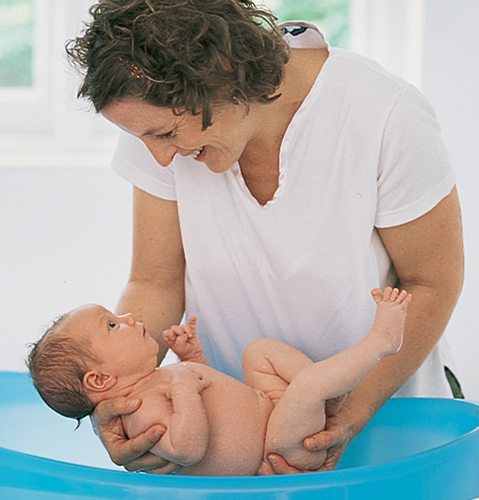
Drying your baby:
Wrap your baby in a
towel and gently dry him; make sure he is dry in between the skin
creases. Don't use powder on the diaper area; this could irritate.
